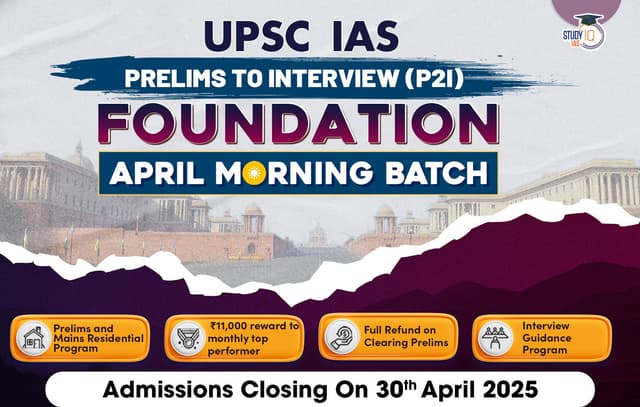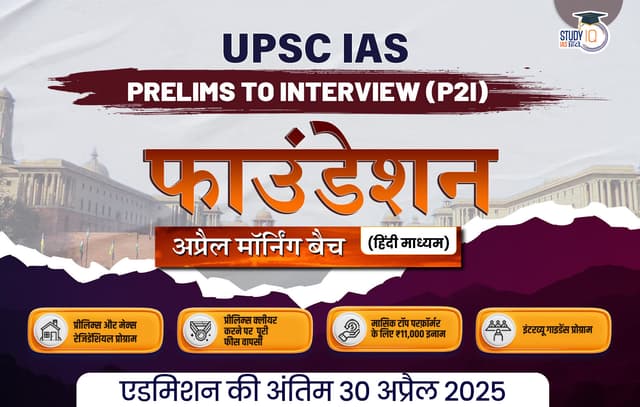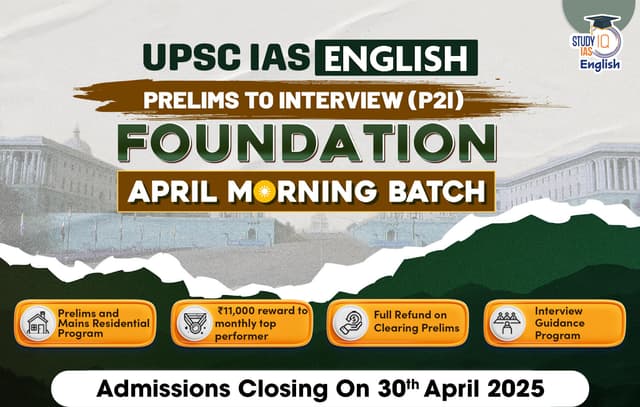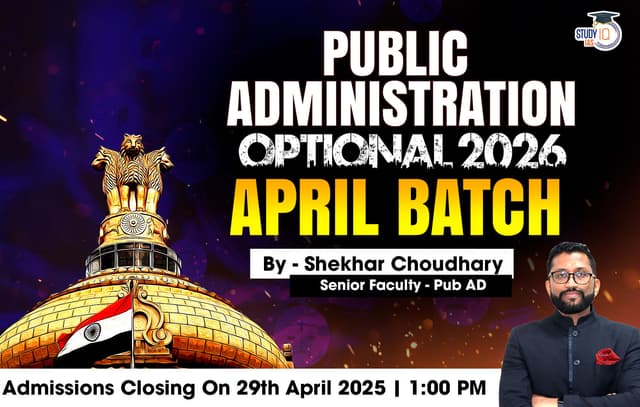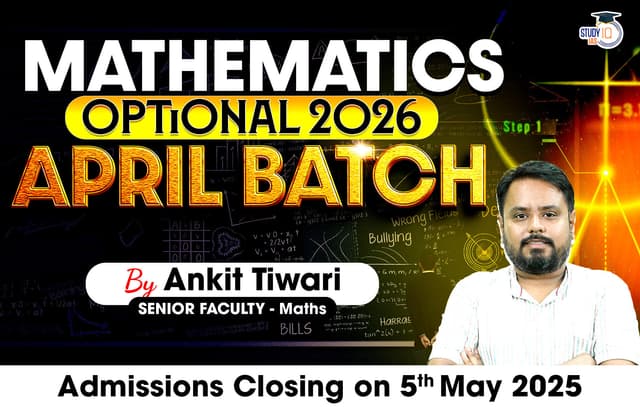UPSC Prelims News of 7 February 2023
Voice Deep Fakes
Context: The users of the social media platform 4chan are using “speech synthesis” and “voice cloning” to make voice deepfakes of celebrities.
About Voice Deepfakes
- A voice deepfake is one that closely mimics a real person’s voice.
- The voice can accurately replicate tonality, accents, cadence, and other unique characteristics of the target person.
- Generation: People use AI and robust computing power to generate such voice clones or synthetic voices.
- Creating deepfakes needs high-end computers with powerful graphics cards, leveraging cloud computing power.
- Use of the technology: Attackers are using such technology to defraud users, steal identity, and to engage in various other illegal activities.
- Detection: Detecting voice deepfakes needs highly advanced technologies, software, and hardware to break down speech patterns, background noise, and other elements.
- Cybersecurity tools are yet to create fool proof ways to detect audio deepfakes.
Deepfakes:
- Deepfakes are synthetic media in which a person in an existing image or video is replaced with someone else.
- Deepfakes use techniques such as machine learning and artificial intelligence to manipulate or generate fake visual and audio content.
UPSC Prelims News 6 February 2023
LCA Tejas
Context: The Naval variant of the indigenous Light Combat Aircraft (LCA) undertook maiden landing onboard the country’s first Indigenous Aircraft Carrier (IAC) INS Vikrant.
About:
- LCA Tejas (Navy) is only a technology demonstrator, but the development is significant as it showcases that India has developed niche technologies specific to deck-based fighter operations.
- This will pave the way to develop and manufacture the twin-engine deck-based fighter (TEDBF).
- The Tejas is an indigenous fighter aircraft jointly developed by Aeronautical Development Agency and Hindustan Aeronautics Limited.
- It is the smallest lightweight, multi-role, single-engine tactical fighter aircraft in the world and is being developed in single-seat fighter and twin seat trainer variants for the Indian Air Force and Indian Navy.
Variants of Tejas:
- LCA Navy: Twin- and single-seat carrier-capable for the Indian Navy.
- LCA Tejas Navy MK2: This is phase 2 of the LCA Navy variant.
- LCA Tejas Mk-1A: This is an improvement over the LCA Tejas Mk1 with a higher thrust engine.
Pradhan Mantri Mudra Yojana (PMMY)
Context: As per the results of a large sample survey conducted by the Ministry of Labour and Employment, PMMY generated 1.12 crore net additional employment from 2015 to 2018.
About the Pradhan Mantri Mudra Yojana (PMMY)
- Launch and Objective: It was launched in 2015 for providing loans of up to 10 lakh to non-corporate, non-farm small/micro enterprises.
- These loans are classified as MUDRA (Micro Units Development & Refinance Agency Ltd.) loans under PMMY.
- Eligibility: Any Indian Citizen who has a business plan for a non-farm sector income-generating activity and whose credit need is less than Rs 10 lakh.
- Eligible beneficiaries can approach either a Bank, MFI, or NBFC for availing of MUDRA loans under PMMY.
- Types of loans: The scheme has three categories under which loans are disbursed:
- Shishu– For loan amount up to Rs. 50,000
- Kishore –For loan amounts from Rs. 50,001 to Rs 5 lakh
- Tarun– For loan amounts of more than 5 lakhs and up to Rs 10 lakh
- Under the guidelines of the MUDRA scheme, it would be ensured that at least 60% of the credit flows to the ‘Shishu’ Category Units.
- There will be no subsidy for the loan given under PMMY.
National Industrial Corridor Programme
Context: The Prime Minister has laid the foundation stone of South India’s 1st Industrial Corridor Project at Tumakuru, Karnataka.
About
- Objective: To increase the share of manufacturing in the GDP of India.
- Implementation: The National Industrial Corridor Development Programme includes the development of 32 greenfield industrial smart cities under 11 industrial corridors with world-class Plug-n-Play infrastructure.
- Smart industrial cities have already been developed at Dholera in Gujarat, Vikram Udyogpuri in Madhya Pradesh, Shendra Bidkin in Maharashtra, Integrated Industrial Township at Greater Noida in Uttar Pradesh.
- Authority: National Industrial Corridor Development and Implementation Trust (NICDIT) under the Department for Promotion of Industry and Internal Trade (DPIIT).
- Significance: National Industrial Corridor Programme will contribute to the futuristic and inclusive growth of the country with the vision ‘Make in India, Make for the World’.
- It is expected to create employment opportunities and also leads to the overall socio-economic development of the country.
National Commission for ST
Context: The National Commission for Scheduled Tribes (NCST) is currently functioning with less than 50% of its sanctioned strength.
About
- National Commission for Scheduled Tribes (NCST) is a constitutional body set up through Constitution (89th Amendment) Act, 2003.
- NCST has been set up under Article 338A on the bifurcation of the erstwhile National Commission for Scheduled Castes and Scheduled Tribes.
- Term: The term of all the Members of the Commission is three years from the date of assumption of charge.
- Composition: One Chairperson, one Vice-Chairperson, and three Members (including one woman member). Two among V-C and Members must belong to the ST community.
- Important functions of the commission:
- Investigating and monitoring all matters related to safeguarding the provisions for Scheduled Tribes under the Constitution
- Inquire into specific complaints regarding the deprivation of rights and safeguards of the STs.
- Advising on the planning process for the socio-economic development of the STs and also evaluating the progress of such activities.
- Presenting an annual report of the working of those safeguards to the President. Other reports also will be submitted to the President as and when necessary.
- Reporting on the measures to be taken by both the central and various state governments for the protection, development and welfare of the STs.
Scheduled Tribes:
- Article 366(25) of the Constitution states that Scheduled Tribes are those communities that are scheduled in accordance with Article 342 of the Constitution.
- Article 342 of the Constitution describes STs as tribal communities/ groups which have been declared as such by the President through a public notification.
Sixth Schedule of the Constitution
Context: A climate activist of Ladakh is holding a fast, demanding sixth schedule status for the Union Territory.
About
- The Sixth Schedule of India’s Constitution protects tribal populations and provides autonomy to communities to frame laws on land, public health, agriculture, etc.
- They have certain legislative, executive, judicial and financial powers.
- The provisions related to the sixth schedule are provided under Articles 244(2) and 275(1) of the Indian Constitution.
- Areas: At Present, 10 Autonomous Development Councils (ADC) exist in the tribal areas of Assam, Meghalaya, Tripura, and Mizoram.
- Powers regarding creation:
- The Governor of the State is empowered to determine the areas as administrative units of the Autonomous Districts and Autonomous Regions.
- The Governor has the power to create a new Autonomous District/Region or alter the territorial jurisdiction or the name of any Autonomous District or Autonomous Regions present in the state.
- Membership:
- Each Autonomous District will have a District Council consisting of not more than 30 members, out of which four are nominated by the Governor while others are elected on the basis of adult franchise.
- The elected members of the district Council hold office for a term of five years and nominated members to hold office during the pleasure of the governor.
- Powers of ADCs:
- They can make laws on matters like land, forests, canal water, shifting cultivation, village administration, inheritance, marriage and divorce, social customs etc. Such laws require the assent of the Governor.
- They can set up village councils for the trial of suits and cases between the tribes. The jurisdiction of the high court over these suits is specified by the governor.
- The district council can set up or manage primary schools, dispensaries, markets, ferries, fisheries, roads and so on in the district.
- They can assess and collect land revenue and impose certain specified taxes.
No Fly List
Context: A total of 63 passengers have been placed on the “No Fly List” in the past year.
About No Fly List:
- In 2017, the government issued rules for preventing disruptive behaviour by air travellers and laid down guidelines for a no-fly list.
- As per the rules, a complaint of unruly behaviour needs to be filed by the pilot-in-command, and this is to be probed by an internal committee to be set up by the airline.
- During the period of pendency of the inquiry, the rules empower the concerned airline to impose a ban on the passenger.
- The committee is to decide the matter within 30 days, and also specify the ban duration.
- Any aggrieved person, upon receipt of communication of a ban from the airline, may appeal within 60 days from the date of issue of the order, to an Appellate Committee constituted by the Ministry of Civil Aviation.
Three categories of unruly behaviour:
- Level 1 refers to behaviour that is verbally unruly, and calls for debarment up to three months;
- Level 2 indicates physical unruliness and can lead to the passenger being debarred from flying for up to six months;
- Level 3 indicates life-threatening behaviour for which the debarment would be for a minimum of two years.
Village Defence Guards
Context: Following two terrorist acts in Jammu and Kashmir’s Rajouri, calls were made to revive Village Defence Committees (VDCs).
About the Village Defence Committees (VDCs)
- VDCs were first set up in 1995 to offer self-defence capabilities to villagers in the face of looming terrorist threats.
- The idea to set up VDCs was rooted in the arming of ex-service personnel in the 1965 and 1971 wars to check enemy infiltration and espionage.
- One key reason for the formation of VDC in the 1990s was to resolve the insecurity among the minority Hindus in J&K, who faced forced displacement due to terrorism.
- Organizational structure:
- Each VDC used to have a Special Police Officer (SPO) as its in-charge and there were 10-15 other volunteer members, mostly ex-service personnel.
- They were given .303 rifles and ammunition. The SPO in charge of the VDC was paid whereas the rest were volunteers.
About the Village Defence Guards (VDGs)
- In 2020, the policy of Village Defence Committees was revamped and Village Defence Groups were introduced, members of whom are called Village Defence Guards (VDGs).
- It was not just a change of name as the very structure of committees was changed. Unlike VDCs where only SPOs were paid, all VDGs are paid.
- The VDGs also function under the supervision of district SP/SSPs.
- The recent Rajouri killings have led to a further boost of VDGs as they have been given self-loading rifles (SLRs) in place of older .303 rifles.
- CRPF trains VDG’s: The CRPF has been tasked to train the VDGs in the use of automatic weapons.


 UPSC Prelims News 20 March 2023
UPSC Prelims News 20 March 2023
 UPSC Prelims News 17 March 2023
UPSC Prelims News 17 March 2023

